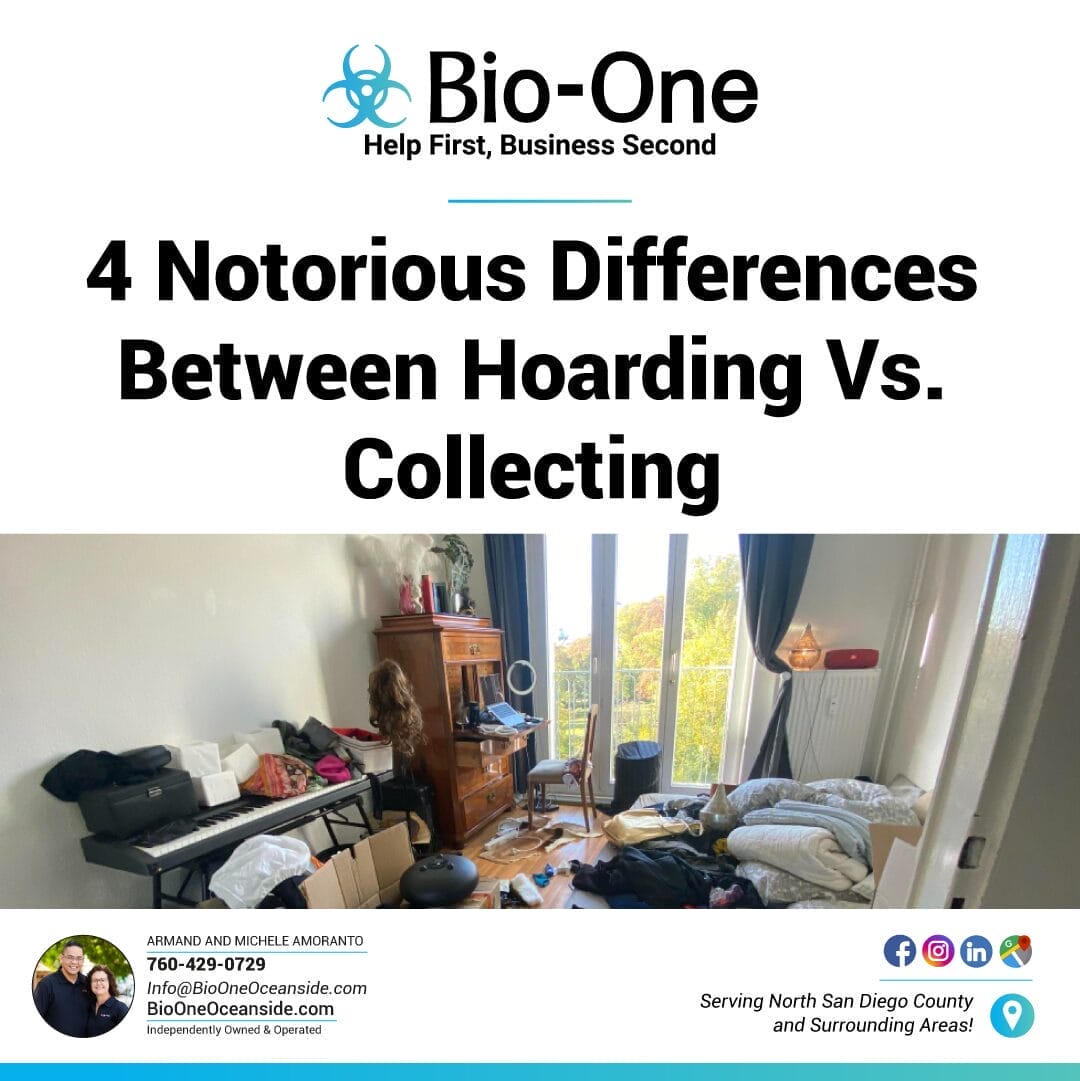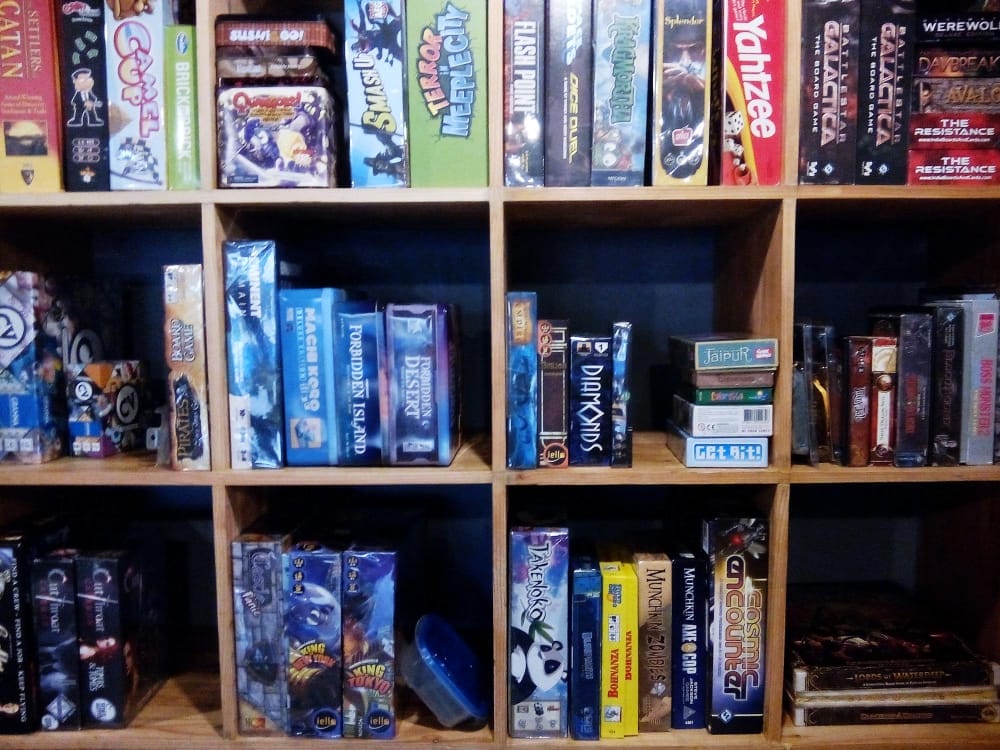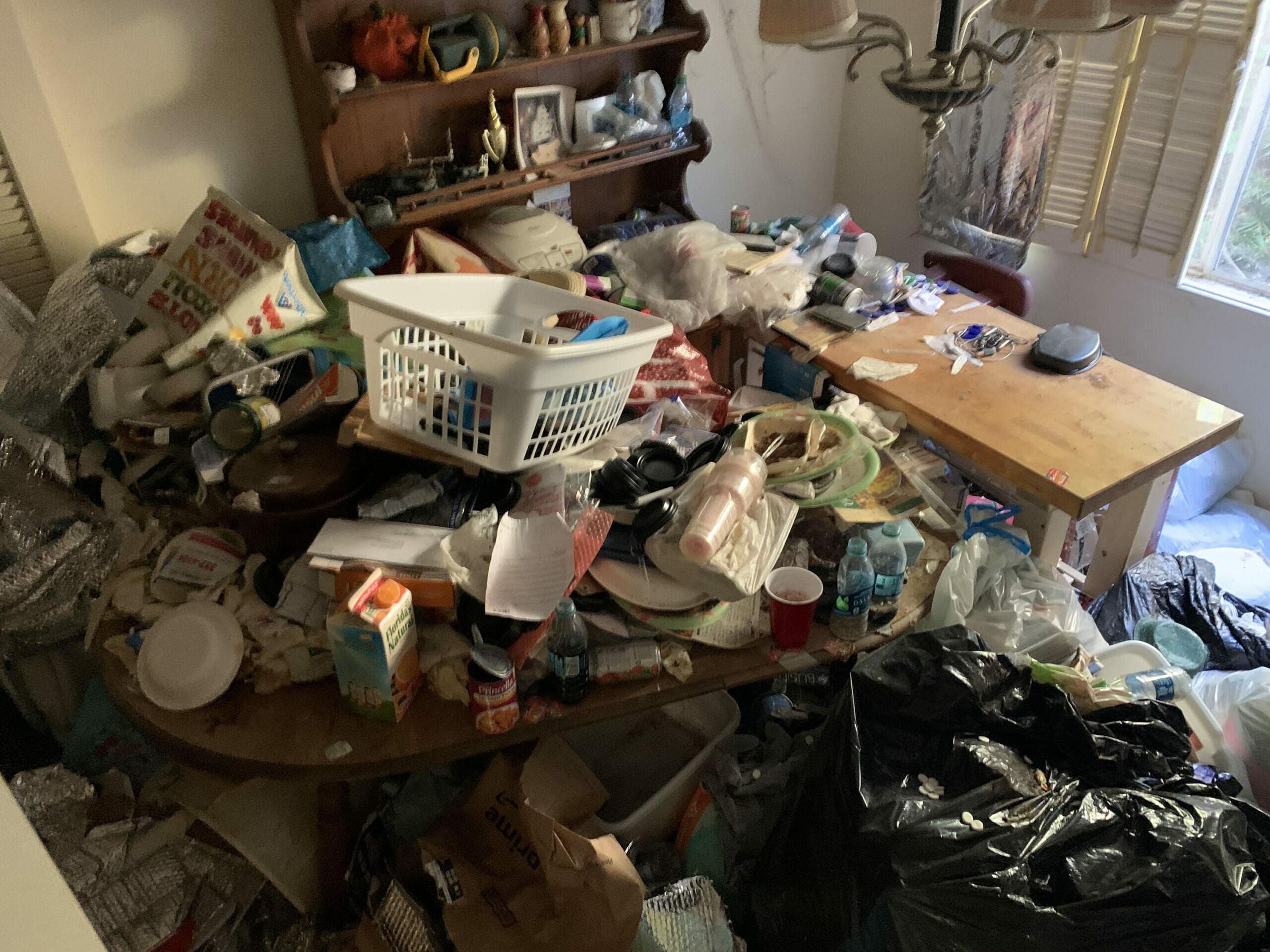
For most people, curating a collection of rare stamps, vintage vinyl records, or stunning artwork might seem like a hobby, a passion - perhaps a smart investment. Similarly, the term 'hoarding' can evoke images of reality TV shows piled high with newspapers or empty jars, often without a clear understanding of the underlying condition. But in the spectrum of human behavior, collecting and hoarding represent two psychological states at polar ends, with distinctions that go beyond mere appearances.
Understanding these differences is not only academically beneficial but also greatly significant when supporting individuals struggling with either behavior. Let's delve into these critical distinctions between hoarding vs. collecting.
Difference #1: Motivation
Hoarding: Compulsion Fueled by Fear
The motivation behind hoarding is complex and often stems from deep-seated anxieties. For the hoarder, each item saved represents a potential utility or averted waste, with decisions often driven by a profound sense of responsibility and the need to prevent discomfort or future crises through preparedness.

Collecting: Intentional Pursuit and Enjoyment
Collecting, on the other hand, is typically a leisurely, purposeful activity fueled by the enjoyment of acquiring and owning items. This act is characterized by intentionality and the pursuit of specific items that hold personal or investment value. The collector takes joy in the hunt, the community with fellow enthusiasts, and the pride in their assembled collection.
Difference #2: Organization and Clutter
Hoarding: Accumulation Without Bounds
Clutter, a natural byproduct of hoarding, extends beyond aesthetics, as it can impede functionality and create numerous health and safety hazards including mold, rodent infestations, and fire hazards.
Collecting: Order and Method
By their very nature, collectors organize. They often display or store their items meticulously, allowing for immediate appreciation. Spaces are arranged with purpose, and there is a method to the maintenance of the collection, whether cataloged, labeled, or neatly arranged per their collector's preference, which contrasts sharply with the disarray commonly associated with hoarding.

Difference #3: Emotional Attachment
Hoarding: Trouble Letting Go
One of the main differences in hoarding vs. collecting scenarios is that every saved item carries emotional weight, whether it's a sentimental attachment or a belief in the item's potential utility. The difficulty in discarding items can often be linked to an underlying trauma or loss, wherein the item becomes a psychological barrier and shield against future harm or loss.
Collecting: Love with Limits
Collectors also form strong emotional attachments to their items. However, they maintain a sense of hierarchy within their collection. People often trade, sell, or give away duplicates or items they perceive as no longer valuable, showing a pragmatic approach to their emotional investments. This behavior sharply contrasts with hoarders' typical reluctance to part with any possessions.
Difference #4: Impact on Quality of Life
Hoarding: A Decline in Well-Being
Hoarding can have severely detrimental effects on an individual's mental health, home life, and social well-being. The compulsion often isolates the hoarder, as embarrassment or a refusal to let others see the home's state leads to reduced social interactions and possible neglect of personal health and maintenance.
Collecting: A Boon to the Soul
Collecting tends to have the opposite effect, often serving as a boon to the collector's mental health. The pursuit is a social activity that fosters connections with others who share the same interests and can contribute significantly to a person's sense of identity and purpose. The act of collecting can provide sustained satisfaction and pride that enhances the overall quality of life.

Bio-One of Oceanside Can Help
Instead of approaching hoarding with misunderstanding and judgment, recognizing it as a psychological condition is the first step in offering the appropriate help and resources to those in need.
In the case of hoarding, professional assistance is often necessary for the affected individual's safety and well-being. Bio-One Oceanside specializes in the delicate yet vital service of hoarding cleanup, approaching each situation with the necessary care, discretion, and expertise to restore homes and help individuals move forward toward a more functional, supported life.

Shedding light on the differences between hoarding vs. collecting is a step closer to a compassionate and inclusive community. Hoarding is not meant to be an exclusionary term, but rather a call to intervention!


